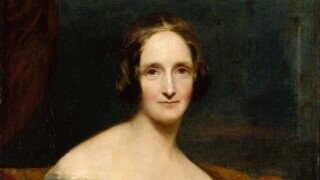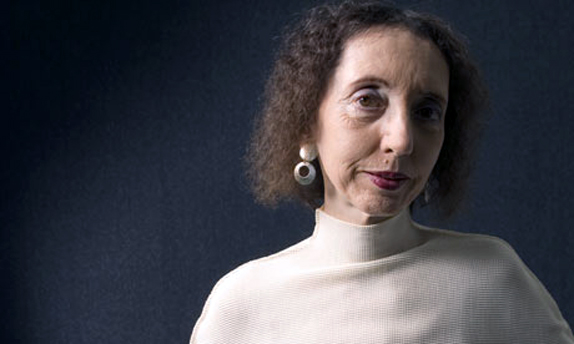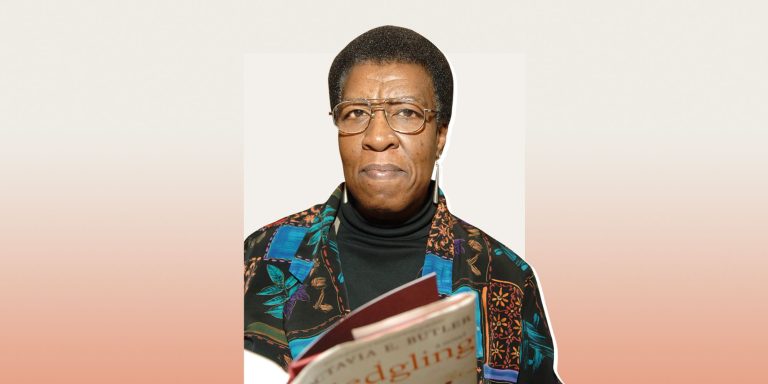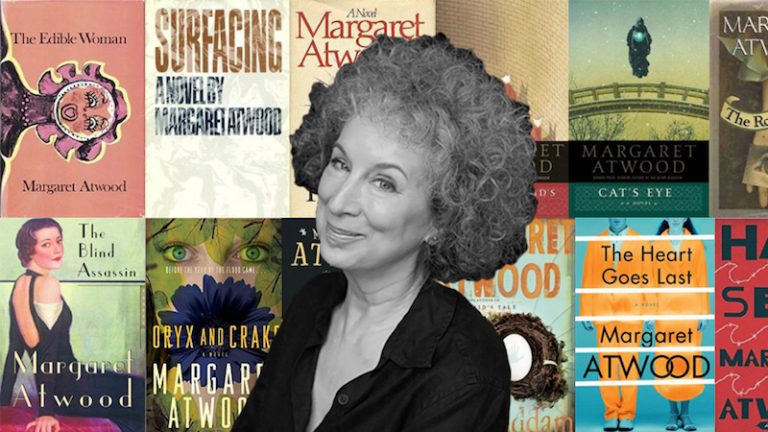Mary Shelley Biography: Personal Details And More
Mary Shelley, a pioneering figure in Gothic literature, is best known for her groundbreaking novel “Frankenstein,” which she wrote at the astonishing age of 18. To the renowned feminist Mary Wollstonecraft and the philosopher William Godwin, Shelley was immersed in a world of intellectual enthusiasm from an early age. Her tumultuous life, marked by personal tragedies and profound achievements, reflects the complex interplay of love, loss, and creativity. Shelley’s enduring legacy is not only defined by her contributions to literature but also by her role as a trailblazer for women writers, forever altering the landscape of literary history.
Early Life and Childhood
Literary Influence: Growing up in a household filled with books and intellectual discussions, Mary Shelley was exposed to a rich scholarly environment from a young age. This early exposure fostered her love for reading and writing.
Influence of Prominent Figures: As the daughter of two renowned thinkers, Mary was often in the company of some of her time’s most influential intellectuals and writers, which greatly influenced her developing worldview.
Creative Imagination: Even as a child, Mary displayed a vivid imagination and a fascination with storytelling. She often created and shared her own tales, demonstrating her budding talent as a writer.
Resilience and Independence: Despite facing early personal tragedies and challenges, Mary showed remarkable resilience and independence, which would later be reflected in her strong-willed character.
Travel and Exploration: Mary’s early life included travel periods, particularly to Scotland, where she found inspiration in the natural landscapes and the stories she encountered, further fueling her creative mind.
Intellectual Curiosity: Encouraged to think critically and explore new ideas, Mary developed a keen intellectual curiosity. This drive for knowledge and understanding would become a hallmark of her writing.
Early Writing Efforts: Mary had already begun writing by her teenage years, experimenting with different genres and styles. Her early works laid the foundation for her later, more polished literary endeavours.
Full Information
| Information | Details |
|---|---|
| Name | Mary Wollstonecraft Shelley |
| Nickname | Mary |
| Profession | Writer |
| Date of Birth | August 30, 1797 |
| Died | February 1, 1851 |
| Age at Death | 53 years old |
| Height | 5 feet 5 inches |
| Weight | Not well documented |
| Body Measurement | Not documented |
| Eye Color | Brown |
| Hair Color | Brown |
| Birthplace/Hometown | Somers Town, London, England |
| Nationality | British |
| Gender | Female |
| Ethnicity | Caucasian |
| Religion | Christianity |
| Sexuality | Heterosexual |
| Sun Sign (Zodiac Birth Sign) | Virgo |
| House Location | England |
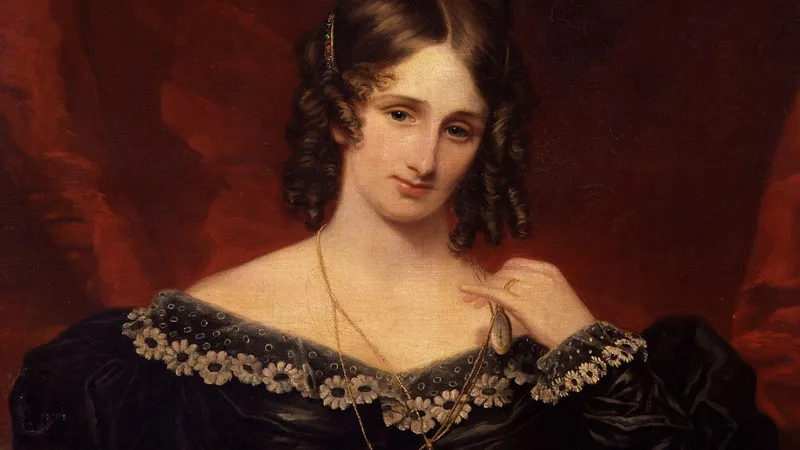
Family Members Name
| Information | Details |
|---|---|
| Father’s Name | William Godwin |
| Siblings | Six siblings, including two half-siblings |
| Mother’s Name | Mary Wollstonecraft |
Net Worth
Estimates of Mary Shelley’s net worth are challenging to pin down. She earned income through her writing, but precise figures are scarce. Her primary source of income was her literature, including her groundbreaking novel “Frankenstein.” This book alone brought her a level of financial stability. Understanding her net worth provides context for her economic independence. It also highlights the value placed on her contributions to literature.
Personal Details
Mary Shelley was born in London, England, on August 30, 1797. She had striking brown eyes and brown hair. She was married to Percy Bysshe Shelley, a renowned Romantic poet. Their relationship was both a personal and professional partnership. Knowing these personal details makes her story richer. It paints a fuller picture of who she was, both as an individual and as a writer.
Income
Mary Shelley earned income primarily from her writings. “Frankenstein” was her most lucrative work, but she wrote essays and short stories. She was paid to edit and write other works besides her literature. Her income allowed her some degree of financial independence. The economic aspect of her life underscores her success and influence as a writer. It also illustrates the challenges faced by women writers of her time.
Professional Achievements
Mary Shelley’s most famous work is “Frankenstein,” published in 1818. This novel laid the foundation for the science fiction genre. Her other works include “The Last Man” and “Valperga.” She also edited and promoted her husband’s poetry after his death. Her professional achievements extend beyond her writing. She left an indelible mark on literature, inspiring future generations of writers and readers alike.
Some Lesser Known Facts
- Mary Shelley’s father, William Godwin, was a philosopher known for his radical ideas.
- Her mother, Mary Wollstonecraft, wrote the famous book “A Vindication of the Rights of Woman.”
- Mary’s mother died just ten days after Mary’s birth.
- She had a stepmother and several half-siblings.
- Mary and her husband Percy Bysshe Shelley had a stormy but deeply loving relationship.
- She lost three of her four children in infancy, which brought her great sorrow.
- Mary often supported her father financially with her earnings from writing.
- She was self-taught, learning from the extensive library her parents left behind.
Debut & Award
| Category | Details |
|---|---|
| Debut Novel | Title: Frankenstein; or, The Modern Prometheus |
| Year Published: 1818 | |
| Publisher: Lackington, Hughes, Harding, Mavor & Jones | |
| Synopsis: The novel tells the story of Victor Frankenstein, a young scientist who creates a grotesque but sentient creature in an unorthodox scientific experiment. The book explores themes of ambition, hubris, and the consequences of playing God. | |
| Awards and Honors | Recognition: During her lifetime, Mary Shelley did not receive formal literary awards as they were not common in her era. However, her work has garnered significant acclaim posthumously. |
| Legacy: Mary Shelley’s “Frankenstein” is considered one of the earliest examples of science fiction and a masterpiece of Gothic literature, continuously studied and adapted in various media. | |
| Posthumous Honors: Her contributions to literature have been recognized globally, with numerous adaptations in film, theatre, and television. In 2018, the bicentennial of “Frankenstein” was celebrated worldwide, honoring her enduring legacy. |
Some Lesser Known Facts About Mary Shelley
While Mary Shelley is well known for “Frankenstein,” there are many lesser-known facts about her life. These facts add depth to our understanding of this remarkable woman. Let’s explore some interesting details about her.
- Mary Shelley wrote “Frankenstein” during a summer vacation in Switzerland. She was only 18 years old at the time.
- She kept a detailed journal of her life, which provides insight into her daily activities and thoughts.
- Mary’s mother, Mary Wollstonecraft, passed away just ten days after her birth, leaving a profound impact on her life.
Mary Shelley experienced a lot of personal tragedies. She lost three of her four children at a young age. These losses deeply affected her writing and outlook on life.
Mary’s father, William Godwin, was a notable philosopher. He promoted the education and independence of women. This encouraged Mary to pursue her own intellectual and creative goals.
- Mary often wrote under her married name, Mrs. Shelley, to gain acceptance in male-dominated literary circles.
- She was a strong advocate for women’s rights, influenced by her mother’s pioneering work in feminism.
- After her husband’s death, Mary devoted much of her time to collecting and publishing his poetry.
Despite her own literary success, Mary Shelley worked hard to preserve her husband’s legacy. She edited and promoted Percy Bysshe Shelley’s works extensively. This dedication helped cement his place in literary history.
Mary Shelley also dabbled in travel writing. She documented her travels through Europe, offering detailed observations and commentary. Her travel writings provide further insight into her intellectual curiosity and adventurous spirit.

Book List
| Title | Year Published | Description |
|---|---|---|
| Frankenstein; or, The Modern Prometheus | 1818 | The story of Victor Frankenstein, a scientist who creates a sentient creature, exploring themes of ambition, creation, and the consequences of playing God. |
| Mathilda | 1820 (published posthumously in 1959) | A novella about a young woman named Mathilda and her troubled relationship with her father, touching on themes of incest and suicide. |
| Valperga | 1823 | A historical novel set in 14th-century Italy, focusing on the life of Castruccio Castracani, a nobleman and soldier. |
| The Last Man | 1826 | A dystopian novel set in the late 21st century, depicting a future world ravaged by a plague that leads to the extinction of humanity. |
| Perkin Warbeck | 1830 | A historical novel based on the life of Perkin Warbeck, a pretender to the English throne during the reign of King Henry VII. |
| Lodore | 1835 | The story of Lord Lodore and his daughter Ethel, focusing on themes of duty, honor, and the challenges faced by women in a patriarchal society. |
| Falkner | 1837 | A novel about the complicated relationship between Elizabeth Raby and the brooding hero, Falkner, exploring themes of guilt, redemption, and forgiveness. |
| Rambles in Germany and Italy | 1844 | A travelogue detailing Mary Shelley’s travels through Germany and Italy, offering insights into her observations and experiences. |
Impact and Legacy of Mary Shelley
Mary Shelley’s impact on literature and culture is immense. She is most famous for her novel “Frankenstein,” which set the stage for the science fiction genre. This book alone has had a lasting influence on both literature and popular culture.
“Frankenstein” introduced the world to the concept of the modern Prometheus, a figure who pushes the boundaries of scientific knowledge. The novel illuminates the ethical dilemmas and potential consequences of such pursuits. This theme is still relevant today, especially in discussions around artificial intelligence and genetic engineering.
Mary Shelley’s other writings, though not as famous, contributed richly to literature. Her novel “The Last Man” explores themes of solitude and human survival. These subjects resonate with readers, making her works timeless.
- Mary Shelley’s work has been adapted into numerous plays, films, and television series. The story of Frankenstein and his monster remains a popular subject in the arts.
- Many modern writers and filmmakers cite Mary Shelley as a major influence. Her innovative ideas and compelling storytelling set a high standard for narrative complexity.
- Her exploration of complex characters and moral issues paved the way for future literary works. Authors like H.G. Wells and George Orwell were inspired by her intricate plots and ethical examinations.
Beyond her literary contributions, Mary Shelley also impacted social views on women’s roles. Writing in a male-dominated society, she broke barriers and showed that women could produce profound, lasting works of literature. This encouraged future generations of female writers.
Mary Shelley’s legacy extends beyond her own works. By editing and promoting her husband Percy Bysshe Shelley’s poetry, she helped secure his place in literary history as well. Her dedication to literature and family has inspired countless others to strive for excellence in their own fields.

Freequently Asked Questions
Mary Shelley, the iconic author of “Frankenstein,” leads a life filled with fascinating moments and achievements. Here we address some of the frequently asked questions regarding her biography, personal details, and more.
What inspired Mary Shelley to write “Frankenstein”?
Mary Shelley was inspired to write “Frankenstein” during a summer stay in Switzerland. She and a group of friends, including her future husband Percy Bysshe Shelley and Lord Byron, decided to write ghost stories. The idea for “Frankenstein” came to her in a vivid dream about a scientist who creates a living being.
The gloomy weather and intellectual environment further stirred her imagination. Shelley’s deep understanding of science and human nature also played a crucial role in crafting this timeless story. This experience transformed her from a young writer into a literary legend.
What was Mary Shelley’s relationship with her parents?
Mary Shelley’s parents were both famous intellectuals. Her father, William Godwin, was a noted philosopher and her mother, Mary Wollstonecraft, was an early advocate for women’s rights. Unfortunately, her mother passed away shortly after Mary was born, leaving a significant void in her life.
Despite this, her father’s influence was profound. He encouraged her intellectual curiosity and passion for reading. Growing up in such a stimulating environment laid the foundation for Mary’s future success as an author.
How did Mary Shelley’s personal life influence her writing?
Mary Shelley’s personal life, filled with both achievements and tragedies, strongly influenced her writing. Losing her mother at a young age and her tumultuous marriage to Percy Bysshe Shelley were significant events. These experiences fueled themes of loss, creation, and human struggle in her works.
Her travels and the intellectual community she was part of also played a role. Personal hardships mixed with extraordinary experiences allowed Shelley to write deeply emotional and intellectually stimulating works. Her writing remains influential, resonating with readers worldwide.
What was the impact of Mary Shelley’s “Frankenstein” on literature?
“Frankenstein” is considered one of the first science fiction novels. It introduced readers to the possibilities and dangers of scientific exploration. The novel’s themes of ethics, creation, and responsibility continue to be relevant in today’s society, particularly in debates on technology and ethics.
Shelley’s work opened doors for new genres and inspired countless other writers. The character of Frankenstein’s monster has become a cultural icon, appearing in countless adaptations and media. Her legacy in science fiction and Gothic literature is unmatched.
How did Mary Shelley contribute to her husband’s literary legacy?
After Percy Bysshe Shelley’s untimely death, Mary Shelley dedicated herself to preserving his works. She edited and published his poetry, ensuring his contributions to literature were recognized. Her efforts significantly influenced how his literary career is viewed today.
Despite her personal sorrow, she worked tirelessly on this project. Her editorial skills and dedication provided a comprehensive collection of Percy’s works. This established him as one of the major poets of the Romantic era, largely thanks to Mary’s unwavering support and effort.
Conclusion
Mary Shelley’s life and works have left an indelible mark on literature and culture. Her novel “Frankenstein” continues to inspire and provoke thought, demonstrating the enduring power of her creativity. Her personal experiences and intellectual background enriched her writing, giving it depth and relevance.
From her early life with influential parents to her dedication to preserving her husband’s legacy, Mary Shelley exemplified resilience and passion. Her contributions to literature and her pioneering role in science fiction ensure that her legacy will endure for generations. She remains a beacon of literary achievement and human insight.
More Related biography: Edward Norton
